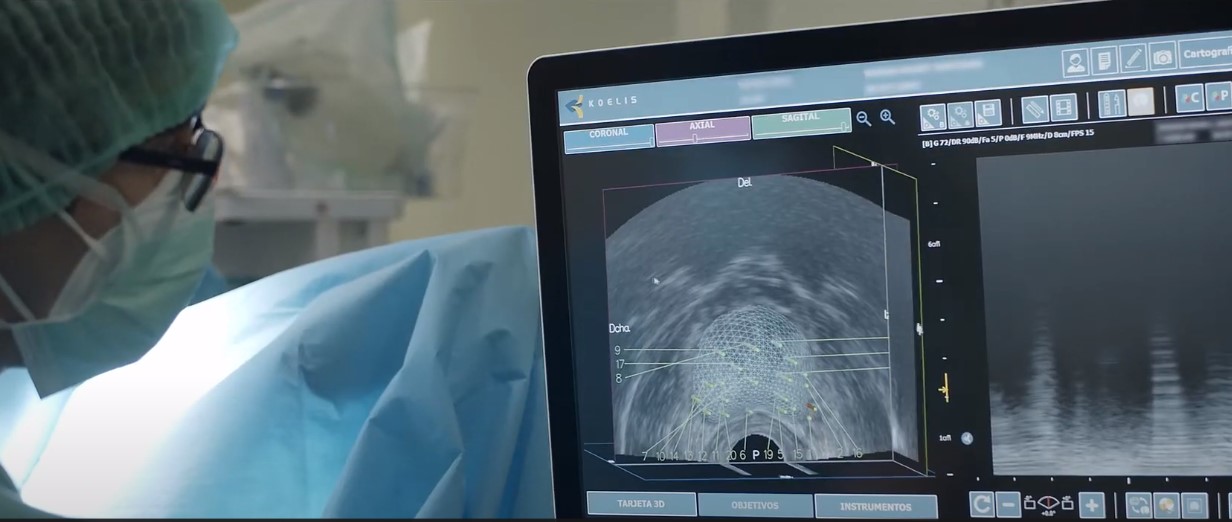Test Select MDX - Liquid Biopsy
The Select MDX test, known as the liquid biopsy, is a genetic test to detect the risk of prostate cancer.


What is the Select MDX Test or Liquid Biopsy?
The Select MDX test, known as the liquid biopsy, is a non-invasive genetic test to detect the risk of prostate cancer and define whether the patient is a good candidate for a prostate biopsy.
The test is based on the study of biomarkers present in urine which, together with a series of analytical and clinical parameters such as PSA, prostate size, age and family history, allows predicting the probability of suffering a high-grade prostate cancer with an accuracy of 98%.
The test also makes it possible to identify patients at very low risk of aggressive disease in order to reduce unnecessary procedures. If the test shows a negative predictive value (PPV) it means that there is a very low risk and that the chances of developing prostate cancer are very low: less than 10% of cases of prostate cancer and less than 2% of that cancer being clinically relevant.
According to studies, 1 in 6 men will develop prostate cancer at some point in their lives. Early detection is key, as 98.9% of men diagnosed early are still alive after five years compared to 28% of men with advanced disease.
How is the Select MDX test performed?
The patient will first undergo a physical examination by digital rectal examination so that the physician can palpate the prostate for suspicious areas. If the physician deems it appropriate for your case, a urine sample will be requested and sent to the laboratory for analysis of the mRNA levels of the DLX1 and HOXC6 biomarkers present in urine that are implicated in the development of prostate cancer.
In a period of approximately 10 days, the results are obtained.
For whom is the liquid biopsy test indicated?
This Select MDX test is indicated for patients with suspected prostate cancer- without biopsy or with previous negative prostate biopsy - to increase the cost-effectiveness of the test and decrease the number of unnecessary biopsies.
- It is a fast, simple and reliable test
- It is a non-invasive method
- Avoids unnecessary prostate biopsies, which are an invasive procedure not free of complications such as infection or bleeding.
- Allows early detection of the disease
Newsby ROC Clinic on Test Select MDX - Liquid Biopsy
Research
Da Vinci and Hugo RAS Platforms for robot-assisted partial nephrectomy: a preliminary prospective comparative analysis of the outcomes.
They ask us in the Consultation
How is a prostate checkup performed?
It is sufficient to perform PSA and a digital rectal examination -especially if the PSA is higher than 2.5-. On some occasions ultrasound, flowmetry or even genetic tests can be performed to study different aspects of the prostate.
If prostate cancer does not produce symptoms, when should I have such a diagnostic test?
From the age of 40 onwards, all men should have a prostate check-up since it is very common to suffer from prostate problems from that age onwards. If during these check-ups, there is any suspicion of prostate cancer, we will proceed to more exhaustive tests.
Team of the Test Select MDX - Liquid Biopsy Unit


 +34 912 627 104
+34 912 627 104 Contact
Contact
















